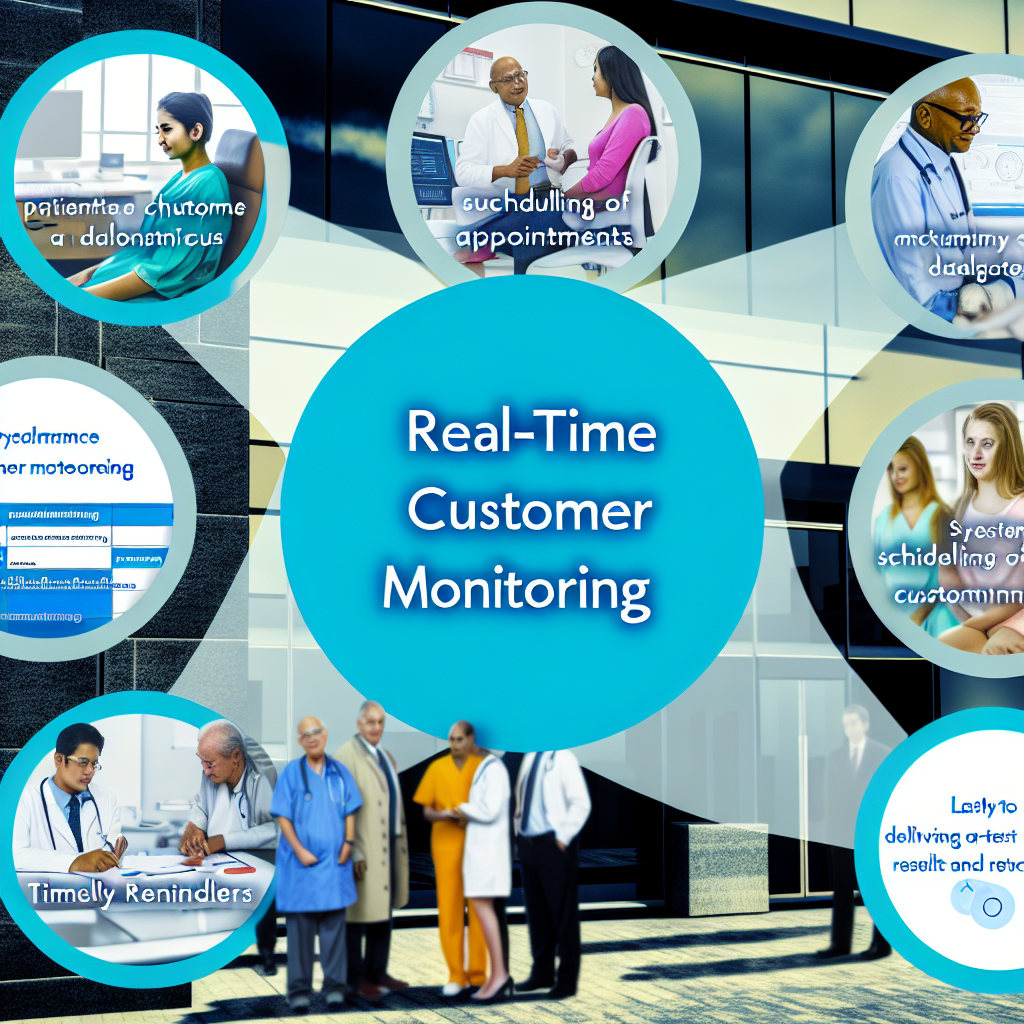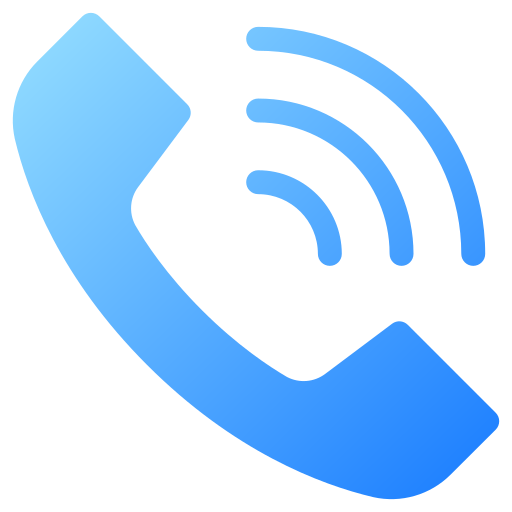Introduction
In an era characterized by rapid technological advancements, real-time customer monitoring has emerged as a transformative tool in the healthcare sector. This approach allows healthcare providers to engage with patients in real-time, enhancing communication and streamlining various processes. Among the most effective applications of real-time monitoring are patient communication, appointment reminders, and the delivery of test results. Together, these functionalities can significantly improve patient outcomes, increase operational efficiency, and elevate overall satisfaction within healthcare services. This article will delve into each of these use cases, highlighting their benefits, challenges, and implementation strategies.
Enhancing Patient Communication
Effective communication between healthcare providers and patients is critical for ensuring high-quality care. Real-time customer monitoring facilitates continuous engagement, allowing providers to interact with patients more effectively. With modern communication tools, such as messaging apps and telemedicine platforms, healthcare teams can promptly address patient inquiries, offer medical advice, or provide emotional support.
One prominent example of this utilization involves chronic disease management. Patients suffering from conditions like diabetes or hypertension often require regular monitoring and support. By implementing real-time customer monitoring systems, healthcare providers can send alerts, reminders, and educational content directly to patients through their devices. This agile communication fosters a collaborative environment where patients feel supported and involved in their care.
Moreover, instant communication can help mitigate potential health crises. If a patient displays concerning symptoms or deviates from their prescribed treatment plan, real-time monitoring alerts healthcare professionals who can then reach out to the patient. By intervening early, providers can prevent complications and hospitalizations, thus enhancing patient safety and satisfaction.
Streamlining Appointment Reminders
Another essential application of real-time customer monitoring is in managing appointment scheduling. Missed appointments represent a significant challenge for healthcare providers, leading to inefficiencies, wasted resources, and delayed patient care. Real-time monitoring technology offers a solution by automating appointment reminders, which can be sent via text, email, or even phone calls.
These reminders can be customized based on the patient’s preferences and scheduled in a manner that ensures optimal timely delivery. For instance, sending reminders a few days prior and again a few hours before the scheduled appointment can significantly reduce no-show rates. Furthermore, the ability to confirm or reschedule appointments easily through interactive messages makes the process seamless for patients.
In addition to reducing missed appointments, these reminders also offer healthcare providers valuable insights into patient behavior and preferences. By analyzing the responses to reminders, providers can adapt their scheduling practices to better align with patient needs. Consequently, this adaptability can lead to improved patient engagement, satisfaction, and retention.
Delivering Test Results in Real-Time
One of the most critical aspects of patient care is the timely delivery of test results. Delays in accessing these crucial pieces of information can lead to anxiety and uncertainty among patients and potentially hinder timely treatment options. Real-time customer monitoring systems can significantly enhance the delivery of test results, ensuring patients are informed as soon as their results are available.
With secure messaging platforms integrated into real-time monitoring systems, healthcare providers can send test results directly to patients while maintaining confidentiality. These platforms allow for clear communication, and often include explanatory context to help patients understand their results better. Additionally, the transparency in sharing information nurtures trust between patients and providers.
Furthermore, real-time monitoring can enhance the follow-up process. Once results are delivered, healthcare providers can set up automatic reminders for follow-up appointments based on specific test outcomes. Moreover, if any result indicates a need for immediate intervention, the system can alert the relevant medical personnel, allowing for swift action. These proactive measures help to ensure that patients receive appropriate care as quickly as possible, thereby improving overall health outcomes.
Challenges and Considerations
While the benefits of real-time customer monitoring in healthcare are substantial, implementing these systems is not without challenges. One primary concern involves patient privacy and data security. Given the sensitive nature of health information, healthcare providers must ensure that their monitoring systems are compliant with regulations like HIPAA in the United States. Strong encryption, secure communication channels, and thorough staff training are essential components of protecting patient data.
Another challenge rests in technology adoption. Not all patients are equally tech-savvy, and some may struggle to utilize real-time monitoring tools effectively. Healthcare providers must offer support and education to patients, ensuring they understand how to engage with these systems. User-friendly interfaces and access to customer support can enhance the patient experience and boost engagement with real-time monitoring.
Moreover, healthcare organizations face operational hurdles in integrating these tools with existing systems. Smooth interoperability between electronic health records (EHRs), practice management software, and real-time monitoring solutions is essential to facilitate efficient workflows. Careful planning and collaboration with IT professionals can help overcome these challenges, paving the way for successful implementation.
Conclusion
Real-time customer monitoring has the potential to revolutionize the healthcare landscape by enhancing patient communication, streamlining appointment management, and expediting the delivery of test results. These innovations not only improve patient engagement and satisfaction but also foster a more efficient healthcare system overall. However, to seize these benefits, healthcare providers must carefully navigate challenges associated with data security, patient education, and system integration.
Ultimately, by harnessing the power of real-time monitoring, healthcare providers can deliver more responsive, patient-centered care that meets the demands of today’s fast-paced healthcare environment. As technology continues to evolve, the ongoing commitment to leveraging real-time monitoring will be crucial in establishing a more effective healthcare system that prioritizes patient needs and enhances the quality of care.

